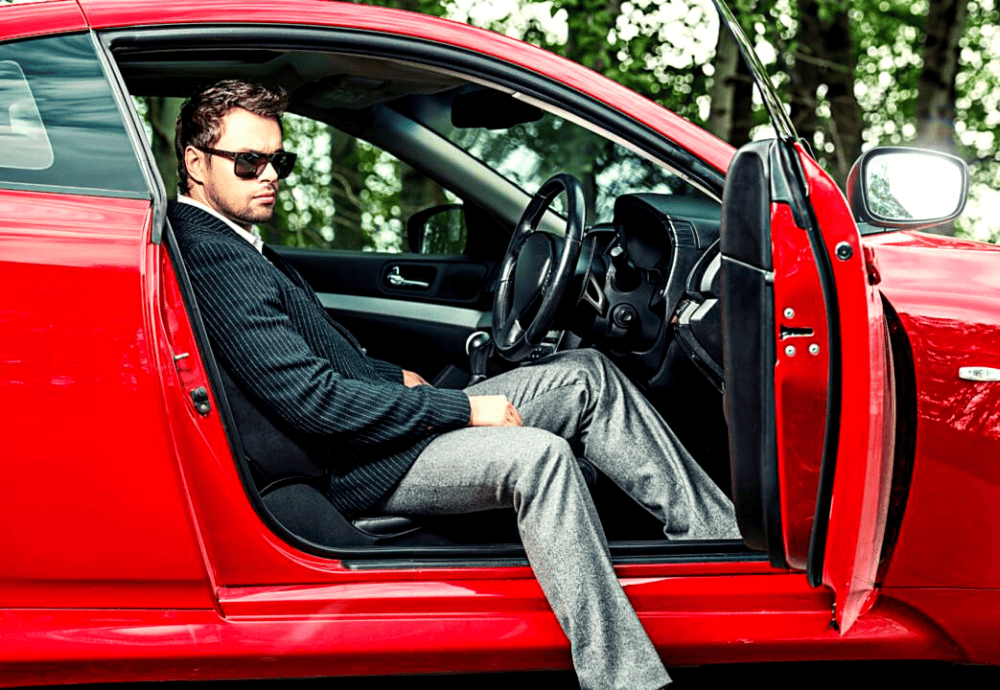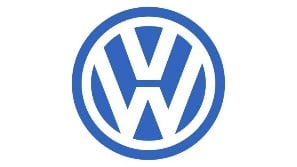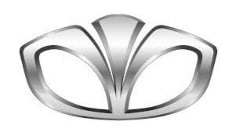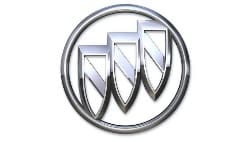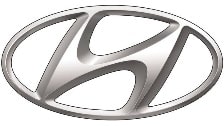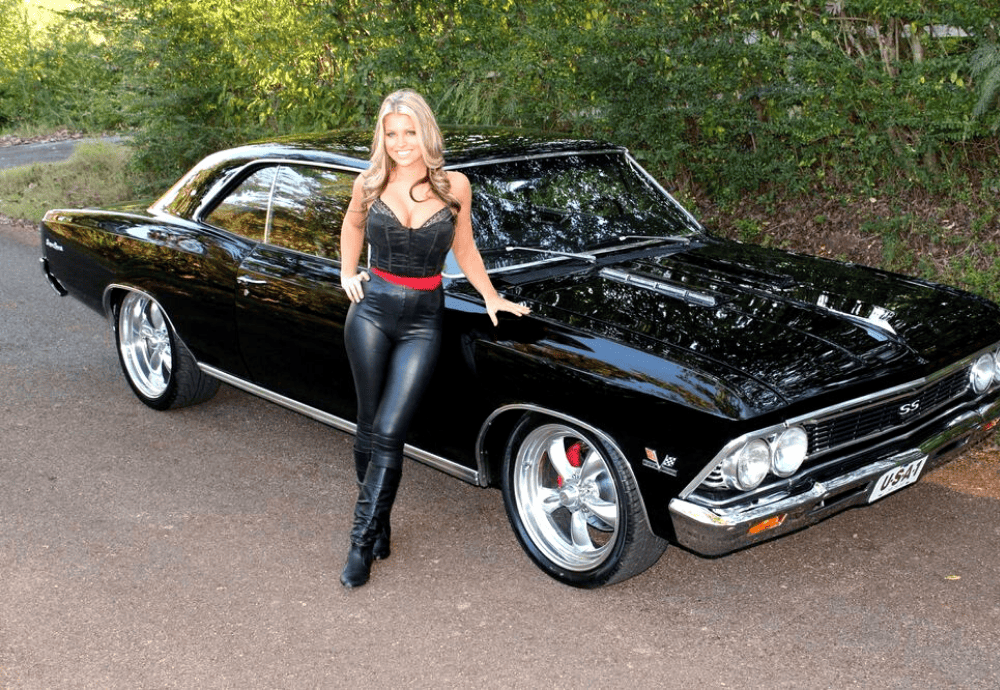You may be surprised how much car trivia you know, even if you are not a person who considers yourself a car enthusiast. As the author of this article, I was pleased to get most of the Car Logo Trivia section answered correctly. I also knew most of the Muscle Car, Car Ride Trivia Questions, and Classic Car Trivia Facts. Many of the Car Trivia Facts and Trivia – Electric Car were totally new to me.
Table of Contents
Our goal in this Car Trivia article is to help you find out how much you already know and make you an expert on everything vehicular. I think you will find we succeeded!
Car Trivia Facts
Since automobiles have been around for over two hundred years, there is a plethora of facts surrounding their history, daily use, and components. We have collected some of those we think are the most interesting. At the end of the article, we have Car Ride Trivia Questions. If you know most of these facts, you may find that you do better on the question and answer sections at the end of this article.
- If your car’s remote button is pressed 256 times in a row without being in range, the remote will quit working. Not sure why you would want to do this, though!
- There are more than a billion cars being used around the world.
- The average American commuter is stuck in traffic 42 hours a year.
- It is illegal to drive around in a dirty car in Russia.
- The first automobile race in the United States had a top speed of 15 mph.
- Nearly 70 million cars are manufactured every year.
- The last vehicle to offer a cassette player as an option was the 2011 Ford Crown Victoria.
- The record for removing and replacing a car engine is 32 seconds in a Ford Escort held by the UK Royal Marines.
- The Benz Patent-Motorwagen, build in 1886 by German inventor Karl Benz (as in the co-founder of Mercedes-Benz), is widely considered to be the world’s first production car.
- Most car horns honk in the key of F.
- Leonardo da Vinci sketches show that he came up with the idea of the car in 1478.
- Jaguars used to be called SS Cars, but the name was changed after World War II due to the atrocities that the Nazi SS committed during the war.
- About 65% of all Rolls-Royce cars that were ever built are still on the road.
- NASCAR was created because of Prohibition. When moonshine bootleggers needed a way to transport their goods in a hurry and without raising too much suspicion, stock cars were created, paving the way for the racing that we see today.
- In 1908, the Ford Model T became the first mass-produced and in 1925 one could buy one for as little as $250.
- In 1940, the United States military produced its first four-wheel vehicle – the Jeep.
- A driver who regularly commutes in rush-hour traffic wastes an average of 99 gallons of gasoline a year due to the traffic and spends over 42 hours a year stuck in traffic.
- The average car has 30,000 parts and about 80% of a car is recyclable.
- Before the growth of the car industry, over 15,000 horses were left to rot on the streets of New York every year. Therefore, automobiles were welcomed as environmentally friendly.
- Car crashes are ranked as the ninth leading cause of death, accounting for 2.2% of all deaths globally. In the United States, over 37,000 people are killed in road crashes each year, while an additional 2.35 million are injured or disabled. The average driver will get into about 3-4 accidents during their life.
- Cell phone use while driving leads to 1.6 million crashes each year. In fact, statistics show that 1 out of every 4 car accidents in the United States involved a cell phone.
- Roughly one million animals are killed are American roadways every day
- When Chevrolet introduced the first car radio in 1922 (costing $200) many safety agencies believed the radio was distracting and sought to ban them from cars.
Classic Car Trivia
Not all “old” cars are considered “classic.” Generally speaking, cars made from the mid-20s to 1972 are defined as classic, while older cars are called “antiques.” However, as you can see from our list of Classic Car Trivia, the dates can vary when car enthusiasts talk about classic cars. See how many of these classic car trivia facts you already know.
- The classic three-pointed star of Mercedes-Benz was initially meant to symbolize the use of Daimler engines in land, air, and sea back in the early 1900s.
- In January 1930, Cadillac debuted it’s V16 in a car named the “Madam X” for a theatrical version of a 1920’s film seen by Harley Earl while designing the body.
- In 1969, Cadillac introduce the first electric sunroof.
- In 1933, the “double-R” Rolls Royce badge changed from red to black.
- The 1953 Corvette was available in one color – Polo White.
- The George N. Pierce Co. of Buffalo, who made the Pierce Arrow, also made iceboxes and cages for birds and squirrels.
- The Dodge Brothers first logo incorporated the Star of David.
- The 1949 Chryslers were the first to use a standardized production key-start system.
- The first car to refer to itself as a convertible was the 1904 Thomas Flyer, which had a removable hard top.
- The 1930 Cadillac 452, the first production V16, was the first successful series-production with hydraulic valve lifters.
- The 1970 Gremlin (AMC) was reportedly designed on the back of a Northwest Airlines air sickness bag and released on April Fool’s Day, 1970.
- The 1969 Pontiac Grand Prix was the first to have its radio antenna embedded in the windshield.
- The 1915 Scripps-Booth Model C. was the first to place the horn button in the center of the steering wheel and also the first with electric door latches.
- Oklahoma City, on July 16, 1935 first used parking meters.
- The Spirit of Ecstasy is the official name of the mascot of Rolls Royce. She is the lady on top of their radiators.
- The first official White House car was a 1909 White Steamer, ordered by President Taft.
- On March 16, 1966 an Old’s Tornado rolled out of Lansing, Michigan with that honor of being GM’s 100 millionth car built in the U.S.
- The 1907, the Thomas sported a 571-cu. in. (9.2liter) engine, the U.S. production car with the largest 4-cylinder engine.
- The 1962 Chevrolet Impala SS 409 had the quickest time doing 0 to sixty miles per hour – 4.0 seconds.
- Carroll Shelby’s Mustang GT350 was Ford’s answer to the Chevy Corvette and other legal street racers of the 1960’s.
- The 1924 Chrysler was the first car fitted with a replaceable cartridge oil filter.
- The 1960 Plymouth Valiant was the first car fitted with an alternator, rather than a direct current dynamo.
- The 1904 Acme, from Reading, PA, was the first car to be offered with a “perpetual guarantee.” However, Acme closed down in 1911.
- The 1947 Packard line produced the first car with power operated seats.
- The inspiration for MG’s famed octagon-shaped badge was the dining table of founder Cecil Kimber’s dining table. MG stands for Morris Garages.
- The 1925 Ford Model T was the lowest priced mass- produced American car. It cost $260, $5 less than 1924.
- The Ford Mustang was the only car to appear simultaneously on the covers of Time and Newsweek.
- In 1902, in a Baker Electric streamliner racer was the first motor vehicle fitted for seat belts. It was intentionally crashed at 100 mph on Staten Island.
- The World’s first three-color traffic light was installed in Detroit, Michigan in 1919. Two years later they experimented with synchronized lights.
- Gulf opened up the first drive-in gas station in Pittsburgh in 1913.
Trivia – Electric Car
Unless you are an electric car owner or a sincere lover of every piece of car trivia, you may not know many of the facts in our list of electric car trivia. Electric cars have become much more popular and it is a good idea to know electric car facts and trivia to stay aware of new vehicle advances.
- Electric cars are not new; in 1900 38% of cars were electric.
- In July of 2020, the U.S. Department of Energy said there are 3,884 public fast-charging stations in the country now with 14,858 outlets.
- A MG ZS EV car can typically cover 163 miles from a full charge (WLTP Combined cycle).
- It takes 40 minutes for the MG ZS EV battery to be charged to 80% (using a public rapid charger).
- Overnight charging at home uses a lower voltage than public chargers. Public charging points have the strongest power output and therefore offer more powerful charging.
- While home charging is a great option for both convenience and cost efficiency, the power offered at public charging points is often considerably stronger than that available at home, so that you can charge on the go, often topping up within 15-20 minutes.
- You can charge your electric car in the rain with no fear of electric shock or damage to the car, because the current does not run until the car is securely plugged into the socket and both car and charger are sure that everything is ready.
- The size of your car’s battery, weather, and whether you are charging at home or in public can all affect how quickly your electric car charges.
- An electric car’s greenhouse gas emissions are from 17 to 30 percent lower than petrol or diesel cars.
- Electric cars help not only with air and noise pollution, but also with as car maintenance and fuel cost.
- The US government will ban the sale of new petrol and diesel cars in 2030.
- Norway or Canada are two countries with the largest number of electric vehicles.
- Different electric cars have different onboard chargers, and not all of them can fully utilize every available connector or station.
- Battery life in electric vehicles is very long. Experience from countries where electric cars are widely used, even as taxis, shows that the batteries maintain 75 to 90% of their original capacity even after 200,000 or 300,000 kilometers, depending on the technology used.
- Electric car batteries can be exchanged by parts, and warranty and service programs are developing to deal with costs.
- The lower voltage available at home make overnight charging a great option and many electric car owners like both the convenience and cost efficiency of overnight charging.
- The batteries are completely insulated from the rest of the car, and in the event of an accident, the whole system is disconnected.
- An electric car handles no differently than a conventional car with an automatic transmission. It has gas and brake pedals and a gear selector with P, R, N, and D.
- Noise and engine vibrations don’t interfere with the driving experience, and when you press the accelerator pedal, you get perfectly smooth acceleration without the slightest lurching or interruption of the power flow that conventional shifting causes.
- Batteries are located in the floor of the car which prevents them from being an obstacle, and also provides a low center of gravity, making for excellent handling.
Car Logo Trivia
Can you identify a car simply by its logo? We have listed twelve car logos most of which you will recognize. A few are a bit more difficult. How well you do depends partially on whether you know your classic cars or the more modern ones, or all of them. See how many you get right by guessing and then checking your answers.
Muscle Car Trivia
You may or may not be familiar with the term “muscle car.” The term refers to high-performance American coupes, usually but not limited to rear-wheel drive and fitted with a high-displacement V8 engine. Keeping this definition in mind, see how many of the following Muscle Car Trivia you already know (or are able to make an educated guess about).
- First released in 1964, the Ford Mustang proved one of the most iconic muscle cars ever. Within a year, 400,000 units had been sold, which quadrupled Ford’s sale estimates.
- The Chevrolet Corvette Stingray, first released in 1963, quickly became a rival to the Ford Mustang.
- When the Dodge Challenger was introduced in 1970, it quickly became a firm favorite in the muscle car community.
- The Plymouth Barracuda was a Hemi-engined vehicle that soon was a sought-after muscle car model after its release in 1964.
- The Pontiac GTO, released in 1964 as a convertible, hardtop, and coupe, is one of the most iconic American muscle cars ever produced.
- Another iconic muscle car is the 1967 Chevrolet Camaro.
- Early versions of the Ford Thunderbird had many of the defining traits of muscle cars, but there is a lot of discussion about whether it qualifies as one.
- The Dodge Charger is the muscle car that featured prominently in the TV show “The Dukes of Hazzard.”
- The Mercury Cyclone is the name of the muscle car with a 428-cubic inch Cobra Jet V8 engine and a fastback body shape.
- The Plymouth Superbird was the NASCAR racer from the ’70s that was also available to purchase as a street legal muscle car.
- The Rambler Rogue V8, a lesser-known muscle car that came as a two-door coupe with V8 power, does not do well against Mustangs, Camaros, and GTOs.
- The Pontiac Firebird, based on the Chevrolet Camaro chassis, sold 87,000 units in 1967, the first year of its production.
- Although not all versions of the Ford Torino are considered to be muscle cars, the models with higher performance specs, those with a 7-liter Cobra Jet engine V8 engine are.
- The Chevrolet El Camino SS, produced by Chevrolet between 1964 and 1987, is considered a muscle car despite the fact that it is a coupe/utility vehicle, as they are powered by various big block V8 motors.
- The not-so-popular 5.0-liter or 6.5-liter AMC Gremlin V8, produced between 1970 and 1978 are considered to be muscle cars.
- The 1960 Buick Riviera Grand Sport with its European styling is considered to be a muscle car.
- Many muscle car fans call the Chrysler 300, introduced in 1955 and produced until 1965, the first muscle car.
- The Dodge Daytona, first released in 1969 and intended as a NASCAR racer, was not only a NASCAR winner but a modified Charger, which included a 426-cubic inch Hemi engine which produced 425 brake horsepower.
- Although marketed at the mature buyer, the Plymouth GTX, produced between 1967 and 1971, was considered a muscle car.
- The Ford Galaxie, named during the space race between the US and the USSR and built between 1958 and 1971, had a Cammer V8 engine and was in direct competition with the Chevrolet Impala.\
- The “Grand Sport” first appeared on the Buick Skylark in 1965, but by 1967, it was a brand all of its own. In 1970, the company released the Grand Sport 455, considered by many experts to be one of the greatest muscle cars ever built.
Car Ride Trivia Questions
Now, let’s see how much car trivia you actually know. Jot down your answers on a slip of paper and then check to see how many you have correct. You can also use our car trivia questions for a fun trivia game.
- How many cars are on the earth?
- Which two countries have the most cars?
- What is the fastest car in the world?
- What city in the United States has the worst traffic?
- Where did the word “car” come from?
- How frequently is a car stolen in the United States and in Europe?
- What car is stolen most often in the United States?
- How were the first cars steered?
- How many cars are produced each day?
- Who drives more, men or women?
- Do more men or women die each year in car accidents?
- What is the best-selling car of all time?
- What company is the world’s largest car manufacturer?
- How many car tires are discarded every year?
- Does using a cell phone while driving a car increase the chances of an accident?
- Is it really that important to wear a seatbelt?
- Does everyone wash their car?
- How much of a person’s life is spent waiting in a car at red lights?
- What percentage of time is a car actually parked?
Well, there you have it; probably more about cars than many individuals know. Now you can ask your family and friends some car trivia questions or work some of the car facts into polite conversation. However you choose to use the information in this article, enjoy!
Susan majored in English with a double minor in Humanities and Business at Arizona State University and earned a Master’s degree in Educational Administration from Liberty University. She taught grades four through twelve in both public and private schools. Subjects included English, U.S. and world history and geography, math, earth and physical science, Bible, information technologies, and creative writing.
Susan has been freelance writing for over ten years, during which time she has written and edited books, newspaper articles, biographies, book reviews, guidelines, neighborhood descriptions for realtors, Power Point presentations, resumes, and numerous other projects.

